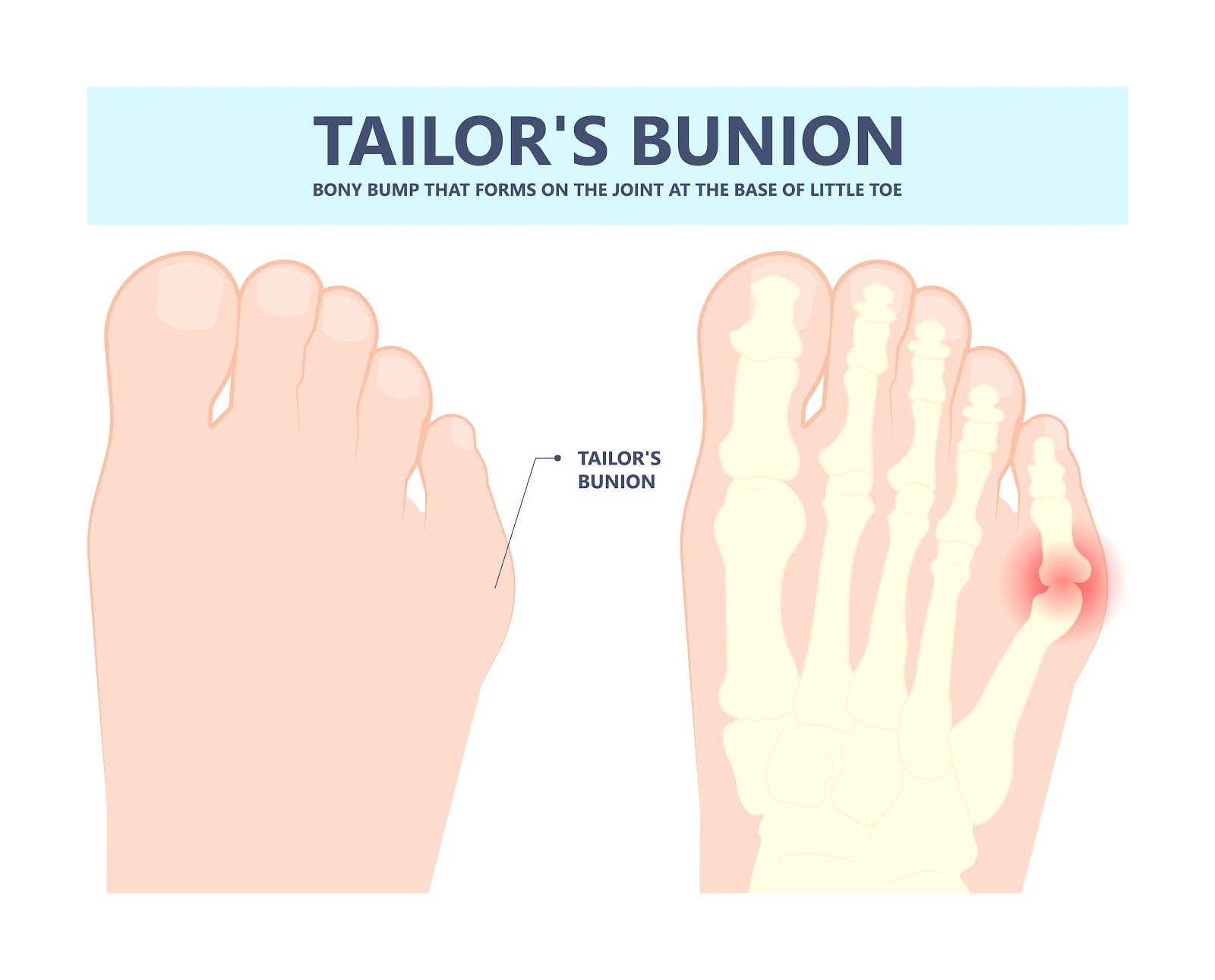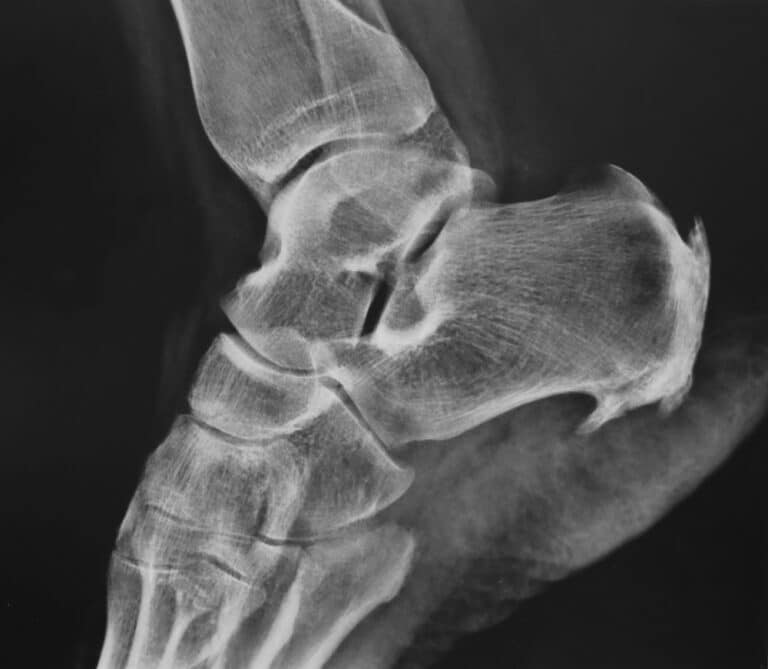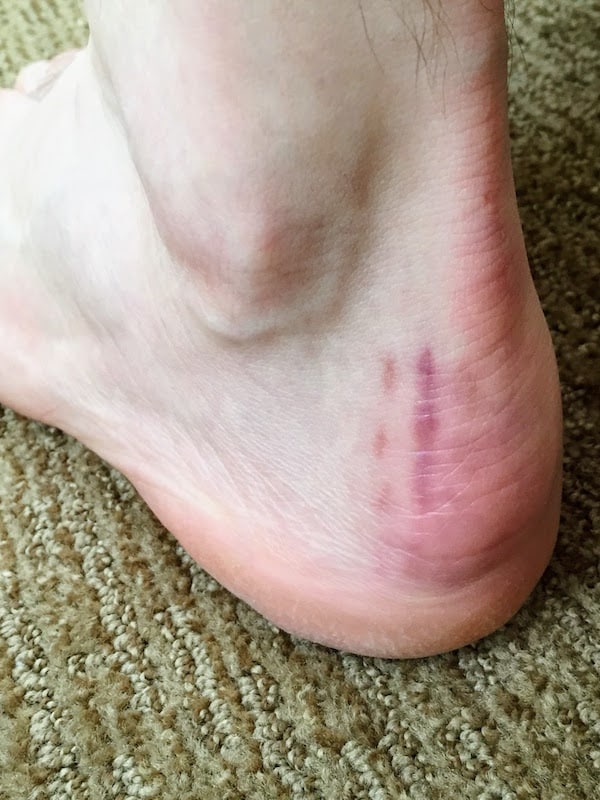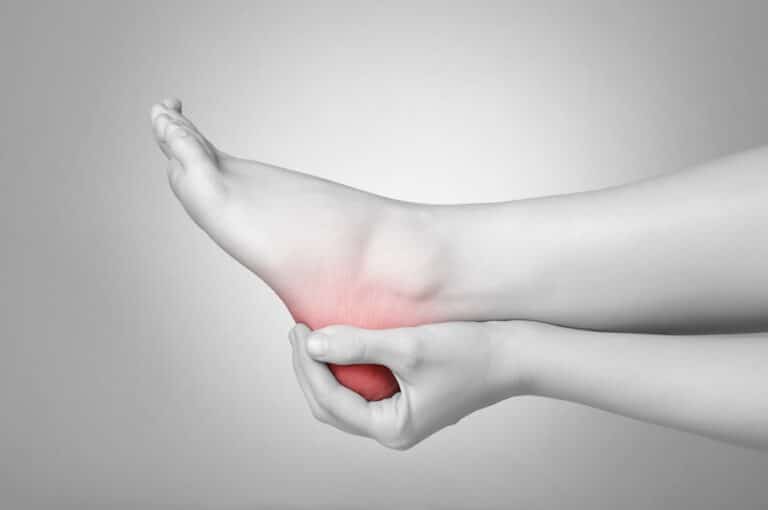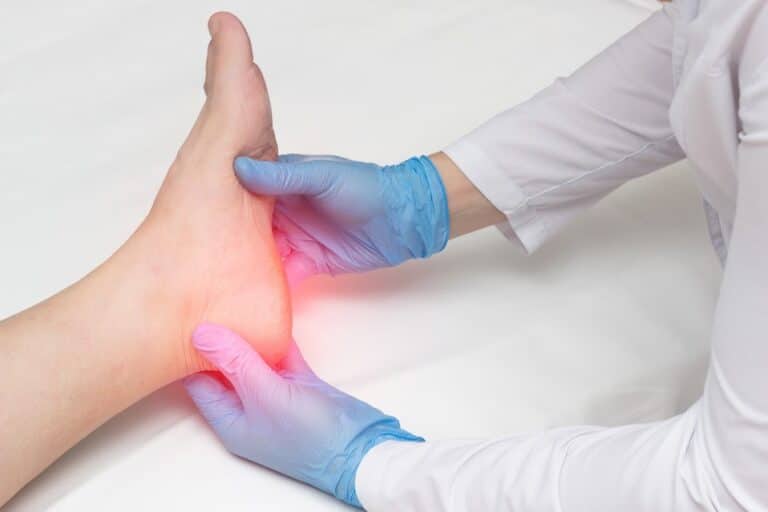Tailor’s bunion, or a bunionette, doesn’t develop on the joint of the big toe but actually on the outside of the foot near the little toe, hence the different name. But what causes a tailor’s bunion, and how can you prevent it from developing? In most cases, pressure and friction exerted on the toe joint cause the bones to become misaligned. However, this is not the whole story.
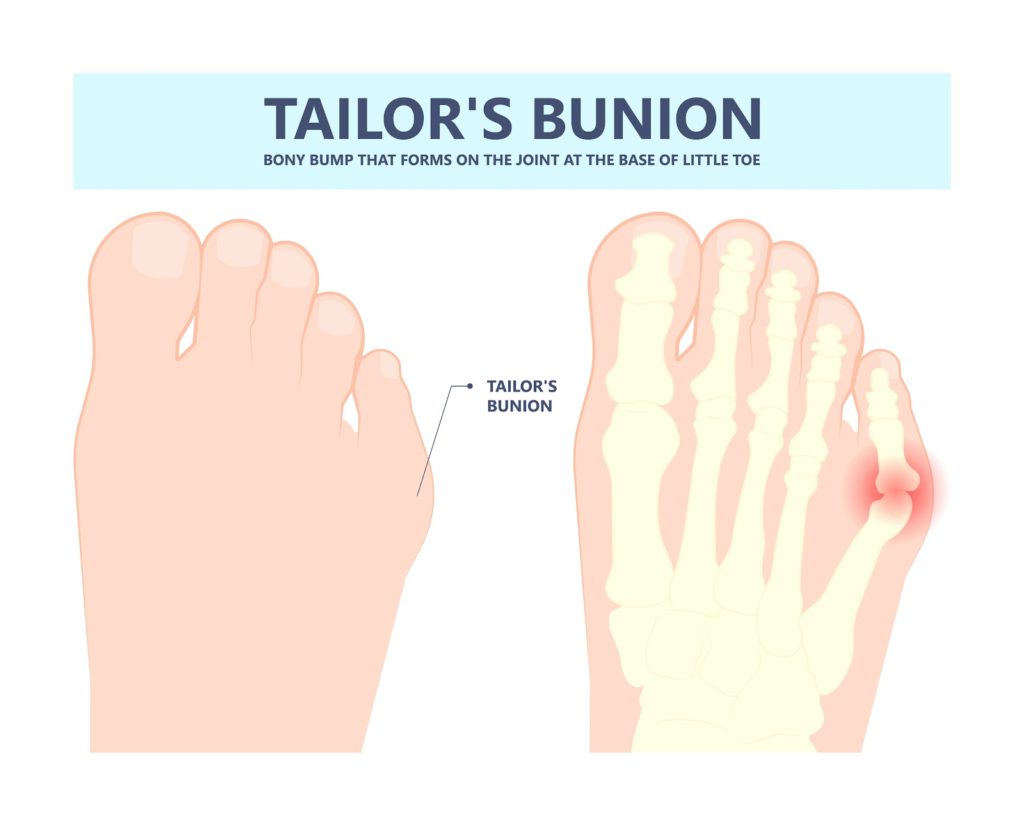
What Are the Most Common Roots of the Problem?
Do you wear tight and ill-fitting shoes? Do you frequently engage in activities that place stress on the outside of the foot? There are numerous reasons why a bony bump can appear at the base of the little toe, and sometimes the fault can be in the inherited foot structure. Here is an overview of the most common culprits.
Genetic Predisposition and Foot Structure
Genetic predisposition can significantly impact the development of bunions, especially if you have an uneven and unbalanced foot structure. The most common abnormality is a slightly turned-out little toe which disrupts weight bearing and walking. If you have flat feet or hammer toes, improper walking and repetitive stress on the foot structure can cause a bunionette.
Footwear Choices and External Factors
Tight shoes with a constricted toe box will lead to friction and pressure while walking, meaning that the bones can get misaligned quickly. High heels can worsen the problem and increase the pressure on the forefront of the foot. Wearing ill-fitting shoes while engaging in strenuous activity will contribute to the condition.
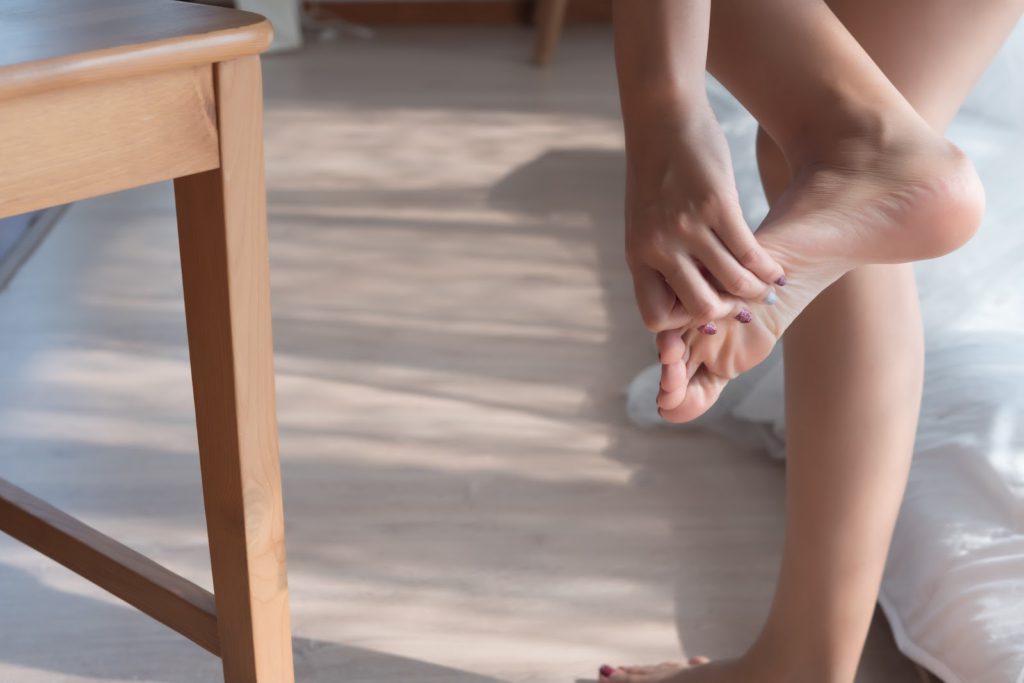
Overpronation and Foot Mechanics
Overpronation is a condition when the foot rolls inward during walking or running. When a person has this issue, it’s thought of as poor foot mechanics, which can lead to different problems. The repetitive stress over time due to the overpronation can cause not only tailor’s bunions but calluses, seed corns, bunions at the base of the big toe, and hammer toes.
Trauma and Injury
When the little toe sustains trauma or an injury, the damage can lead to the misalignment of the bones. A common injury is stubbing the toe or sustaining a direct blow to the foot, which will cause swelling and inflammation. The condition will get worse when the toe sustains frequent injuries and traumas. Then you can get a trauma-induced tailor’s bunion.
Aging and Degenerative Changes
With age, joints and ligaments lose stability and elasticity. The ligaments that support the little toe joint can become weaker, and the bones can then misalign on their own. When the foot’s biomechanics change, the foot is susceptible to bunions.
Can You Prevent Tailor’s Bunion?
You can always take preventative measures if you’re genetically predisposed to developing bunions. First and foremost, choose comfortable footwear with ample space in the toe box. Don’t allow yourself to wear pointy shoes and high-heeled shoes. Try out different exercises to strengthen the foot and improve foot mechanics.
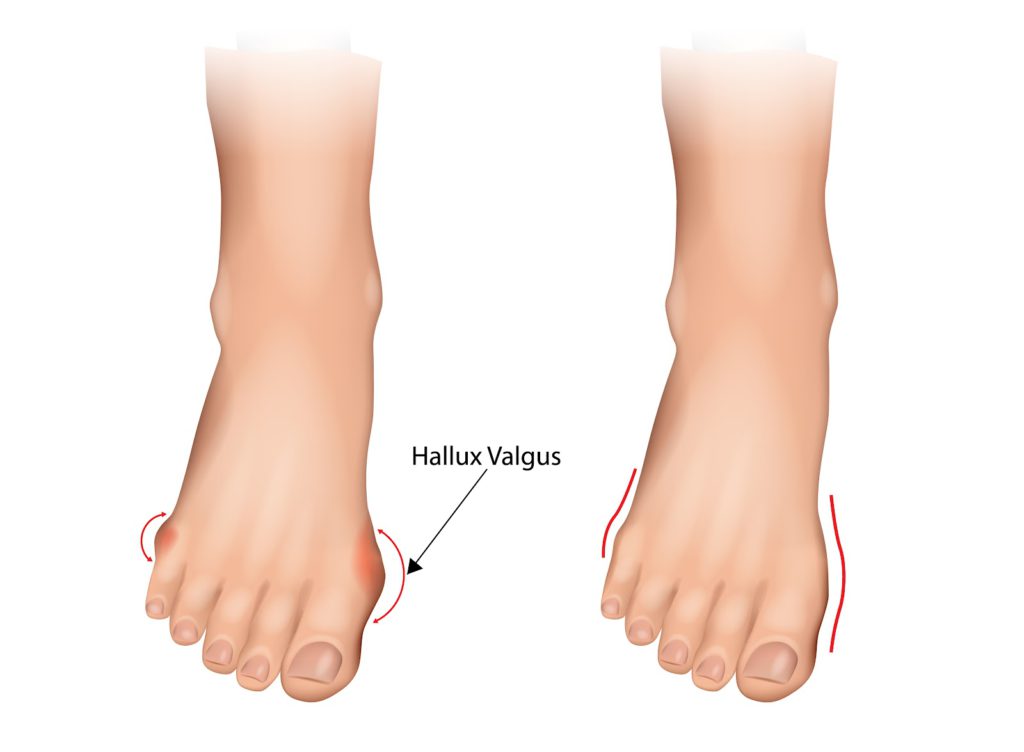
When Should You Seek Professional Help?
If you already have a bunionette, you won’t need to visit a doctor in case the issue doesn’t cause any symptoms. However, when pain and discomfort occur, and your daily activities are hindered by the worsening of symptoms, find a podiatry specialist to evaluate the problem.
Talk to the Surgeon in Miami and Schedule a Procedure to Get Rid of Tailor’s Bunion
The best place to turn to when it comes to foot deformities is Luxe Foot Surgery clinic. We deal with all issues that can affect the foot, and you can trust our surgeons to get the best advice on how to solve your issue. Without further ado, contact us and get a date for a consultation.
References
- Foot Health Facts: Tailor’s Bunion (Bunionette)
- WebMD: What Is a Tailor’s Bunion?
- Feet By Pody: Tailor’s Bunion – Causes, Symptoms, and Treatment
